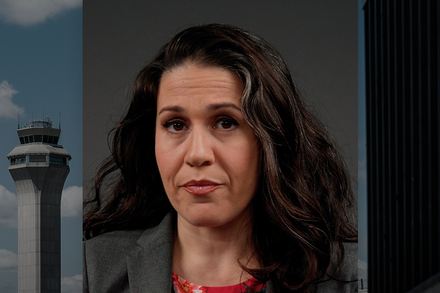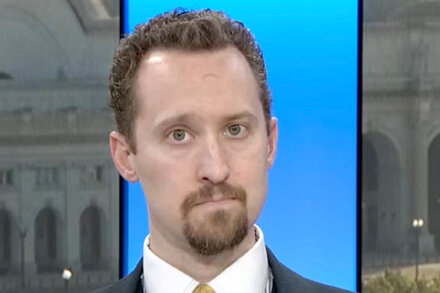Donald J. Trump’s presidency fundamentally altered the U.S. Supreme Court, leaving an indelible mark on its ideological balance for potentially decades. During his single term, Trump appointed three conservative justices, shifting the court to a 6-3 conservative majority.

Donald J. Trump’s presidency, spanning from 2017 to 2021, left an indelible mark on the U.S. Supreme Court, fundamentally altering its ideological balance for potentially decades. During his single term, Trump appointed three conservative justices, shifting the court to a 6-3 conservative majority.
The Appointments
The first vacancy during Trump’s tenure arose shortly after his inauguration with the death of Justice Antonin Scalia in February 2016. President Barack Obama’s nomination of Merrick Garland was blocked by Senate Republicans, leaving the seat open for Trump to fill. In January 2017, Trump nominated Neil Gorsuch, a judge on the U.S. Court of Appeals for the Tenth Circuit.
“Judge Gorsuch has outstanding legal credentials and a commitment to applying the Constitution as written,” President Trump stated upon Gorsuch’s nomination.
Gorsuch was confirmed by the Senate in April 2017, reinstating the court’s conservative majority at the time.
The second opportunity came in June 2018, when Justice Anthony Kennedy announced his retirement. Kennedy, often considered a swing vote on the court, was replaced by Brett Kavanaugh, a judge on the U.S. Court of Appeals for the D.C. Circuit. Kavanaugh’s confirmation process was contentious, marked by allegations of sexual misconduct, which he denied.
Upon announcing Kavanaugh’s nomination, Trump described him as a “brilliant jurist with a clear and effective writing style, universally respected for his intellect, and for his even temperament and fairness.”
Kavanaugh was confirmed in October 2018, solidifying a stronger conservative bloc on the bench.
A third, unexpected vacancy occurred in September 2020, just weeks before the presidential election, with the passing of Justice Ruth Bader Ginsburg, a prominent liberal voice. Despite historical precedent against confirming a justice so close to an election, President Trump swiftly nominated Amy Coney Barrett, a judge on the U.S. Court of Appeals for the Seventh Circuit.
“She is a woman of unparalleled achievement, towering intellect, sterling credentials, and unyielding loyalty to the Constitution,” Trump said of Barrett at the White House ceremony announcing her nomination.
Barrett was confirmed in October 2020, cementing the 6-3 conservative majority on the Supreme Court.
Judicial Philosophy and Enduring Impact
President Trump consistently emphasized his desire to appoint judges who adhered to an originalist or textualist interpretation of the Constitution, believing they would apply the law as written rather than interpreting it through a contemporary lens. His three appointees largely align with this philosophy, prioritizing strict constructionism and limited judicial activism.
The cumulative effect of these appointments has been a significant shift in the court’s jurisprudence. Key areas such as abortion rights, religious freedom, regulatory power, and executive authority have seen rulings reflecting the court’s new composition. The most prominent example is the 2022 decision in Dobbs v. Jackson Women’s Health Organization, which overturned Roe v. Wade and eliminated the constitutional right to abortion, a ruling made possible by the conservative supermajority.
Beyond specific cases, Trump’s appointments have shaped the long-term trajectory of American law, ensuring a conservative influence on the highest court for decades to come, given the lifetime tenure of Supreme Court justices.
Source: Read the original article here.





